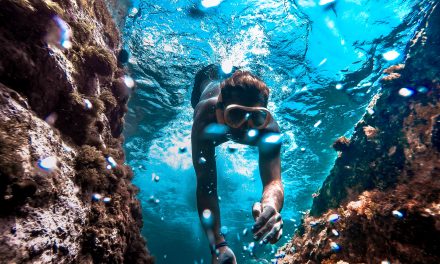Photography dive lights are one of the essential pieces of equipment when conducting a dive. Photography dive lights provide a variety of uses, from aiding general visibility during the dive to allowing for more professional and brighter photographs if undertaking photography during the dive. Choosing to dive with a dive light can massively enhance your diving experience, whilst also aiding your safety on deeper dives or dives at night.
A common question is whether it is necessary to have a dive light for daytime dives.
Whilst there is no right answer to this question, it is generally held that photography dive lights are a key piece of equipment regardless of whether you’re embarking on a day or a night dive. This is because whilst underwater life is rich and colourful even during the day, if you wish to dive a little deeper, it will inevitably get darker and you’ll begin to see less. For example over half of the reds seen are gone within the first 3 feet, and half of the visible yellow light is gone at nine. If you’re planning on diving even deeper, once you have hit 30 feet, almost everything will appear a blue/grey color.
If you carry a good dive light, this will remove this issue and enable you to appreciate to full array of colors and life found underwater. Not only this, but it does increase your safety as it is not always clear even during daytime dives where a potential danger is. Additionally, if you’re wishing to undertake some photograph on your dive, it is highly recommended that you research into good photography dive lights. Because whilst having a dive light during the day time aids safety and visibility, if you want to take vivid and exiting pictures underwater, there is no better way to do this that to use a dive light.
Ideally, you will want a dive light that has the vast majority of the output in the centre beam. This is because incredibly bright lights can cause a white-out, similar to when you have bright headlights on in the fog. Paradoxically, this means that your visibility will actually be decreased by your dive light rather than increased. In reference to underwater photography, it is generally held that a wide, bright beam is absolutely vital in properly lighting your subjects. If you want to get even better photographs, UV lights are recommended as they can entice many types of marine life to light up to a spectacular effect.




